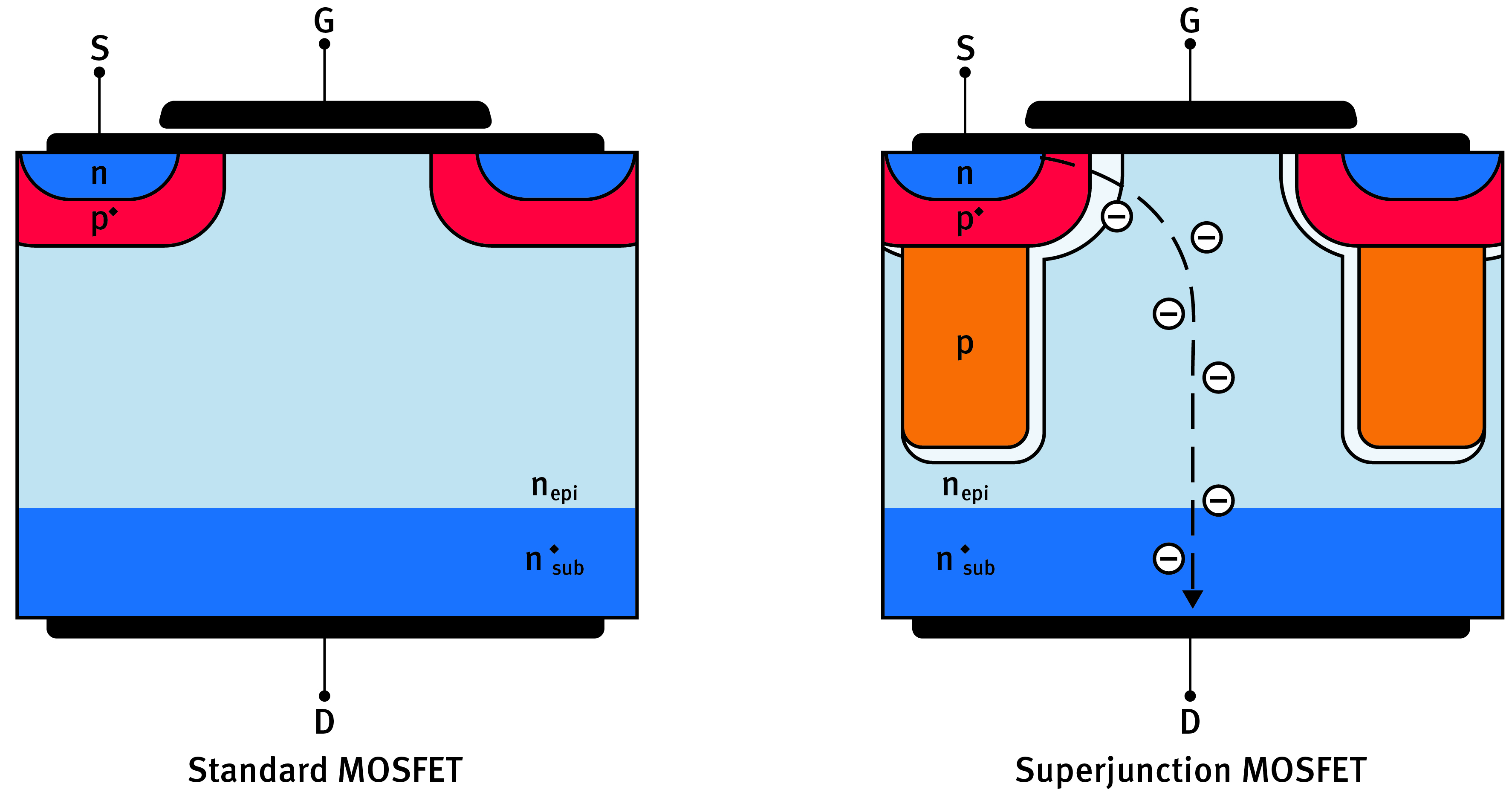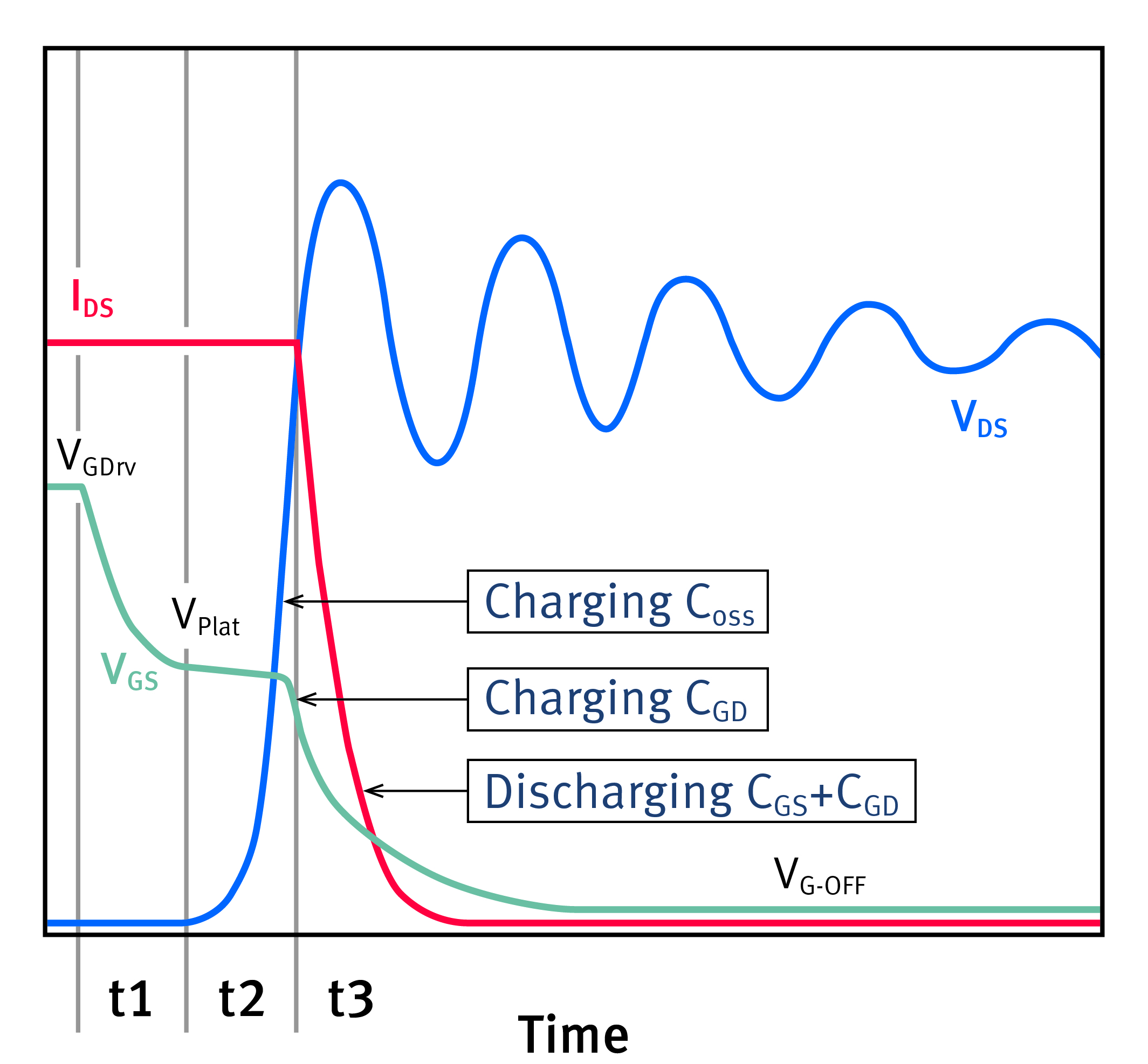Author:
By Chin Aik Lee, Agilent Technologies
Date
05/20/2013
In many of today's RF power measurement applications there is a need to make multiple power measurements simultaneously. Added complexities occur when the measurements need to be obtained from places where access is inconvenient, or when the distance to the measurement location exceeds the IEEE industry-specified USB cable length of 5 meters (16 feet). For instance, a base station commonly includes a compact equipment shelter or outdoor enclosure panels along with antennas that may be mounted on a roof, the wall of a building, or on a free-standing mast. A given base station may operate on several channels (typically two or three), where each channel uses a specific set of frequencies: one for the uplink and one for the downlink. Depending on the communication technique, each channel can simultaneously process communications from one or several active handsets. These sites require routine maintenance and present several challenges. The distance between the antenna and control room may necessitate that measurements be obtained over distances beyond 5 meters and sometimes as far as 50 meters. Measurements may be required from different power sensors and at hourly, daily or monthly intervals. Traditional RF power-measurement methodologies require you to connect a power sensor to a power meter. As a result, the setup for multi-channel power measurement demands plenty of rack space to accommodate both the power meter and the power sensors. This situation increases the costs of a test system significantly. USB power sensor solution To address such challenges, using USB power sensors is an ideal power measurement solution for measuring the transmitter/receiver power of outdoor base stations for system characterization. Its small form factor is convenient for site technicians who need to climb the antenna for installation and maintenance. In situations where the USB cable length must exceed 5 meters, USB extenders allow the USB protocol to be transmitted via a LAN cable for single-channel power measurement (see Figure 1). Agilent USB Sensors

A USB extender consists of a transmitter and a receiver that are interconnected by the LAN cable. This allows data to be transferred at distances up to 100 meters These USB extenders are plug-and-play and work efficiently with all major operating systems. For long-distance applications where multiple power (multi-channel) measurements must be made simultaneously, multiple USB power sensors can be connected to a USB hub installed at the base station and networked to the control room (see Figure 2).

The USB power sensor is a combination of a power meter and a power sensor that converts RF and microwave power directly into digital data, and allows this data to be analyzed using a software application, such as Agilent's Power Analysis Manager. The power-measurement readings are retrieved using standard SCPI commands or VIV-COM/IVI-C drivers. The SCPI-based command set provides a user-friendly programming environment and allows the use of the same method of communication for both the power sensor and the power meter. (See Figure 3.)

Using a networked 5-Port USB hub Using a LAN to communicate with USB-interface test instruments allows an engineer to control and program the instruments remotely without connection-distance limitation. A networked 5-port USB hub allows multi-channel power measurements to be taken simultaneously when multiple USB power sensors are connected to the networked hub. The networked 5-Port USB hub uses USB over an IP connection (LAN) to overcome the distance limitation. The USB power sensor can be remotely controlled from a PC or laptop via LAN. The networked 5-port USB hub can connect up to five units of the USB power sensors. (See Figure 4.)

Extended Distance Single-Channel Power Measurement with USB Extender Users of USB peripheral devices are often challenged to overcome the 5-meter limitation of standard USB cable, as some applications require longer connections. A USB extender boosts the distance of a USB peripheral device by up to 100 meters from a host computer using a regular LAN cable. A USB extender has a built-in buffer and actively regenerates signals to preserve data integrity. It consists of a transmitter and a receiver module (see Figure 5). The USB extender is self-powered and so it does not require an AC adapter. It is a truly plug-and-play passive device without required driver installation and supports USB 1.0, 1.1, and 2.0 standards with data transfer rates up to 480 Mbps (depending on USB extender specification).

For long-distance applications where the power measurement (single or multiple) must be made from the place access is inconvenient such as outdoor base station antenna, USB power sensors would be an ideal solution without the need for a separate power meter. To overcome the 5-meter length issue, a USB extender or USB networked hub can be remotely located up to 100 meters (depending on the USB extender and networked hub) from the host computer. (See Figure 6.) This allows the user to extend USB power sensor over LAN cable and remotely acquire the power measurement via a designated Windows application. This is a cost-effective solution and easy to implement. Agilent Technologies